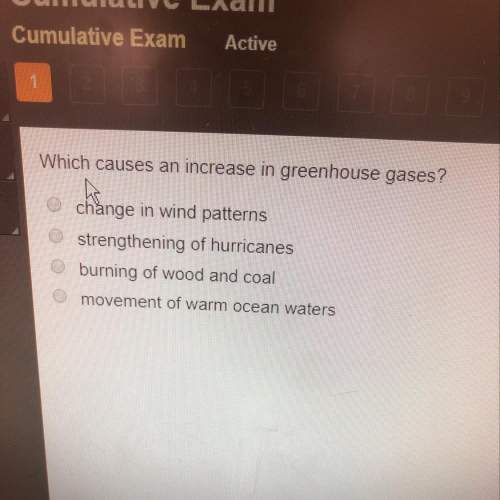
Biology, 20.12.2020 04:40 julliette27
One strand of a DNA molecule has the base sequence 5’-GGTCAGCAT-3’. The complementary base sequence on the other strand of DNA will be 3’-GTGAAT-5’.
Identify if the follow would or would not be likely to cause a mutation:
-addition of nucleotides to the 3’ end of the growing strand
-insertion of a mismatched nucleotide into a DNA strand
-unwinding of the DNA strand
-synthesis of short stretches of DNA
Identify if the follow would or would not be likely to cause a mutation:
-addition of nucleotides to the 3’ end of the growing strand
-insertion of a mismatched nucleotide into a DNA strand
-unwinding of the DNA strand
-synthesis of short stretches of DNA

Answers: 1


Other questions on the subject: Biology

Biology, 21.06.2019 16:30, shayla3613
Wht happens as electrons in the electron transport chain release their energy
Answers: 3


Biology, 22.06.2019 06:30, denisturcios18
Mitosis creates two identical daughter cells from one parent cell creates four nonidentical daughter cells from one parent cell is the most common type of reproduction for bacteria is the process by which male and female reproductive cells are created
Answers: 1

You know the right answer?
One strand of a DNA molecule has the base sequence 5’-GGTCAGCAT-3’. The complementary base sequence...
Questions in other subjects:



Law, 24.09.2020 15:01

History, 24.09.2020 15:01



Mathematics, 24.09.2020 15:01

History, 24.09.2020 15:01





